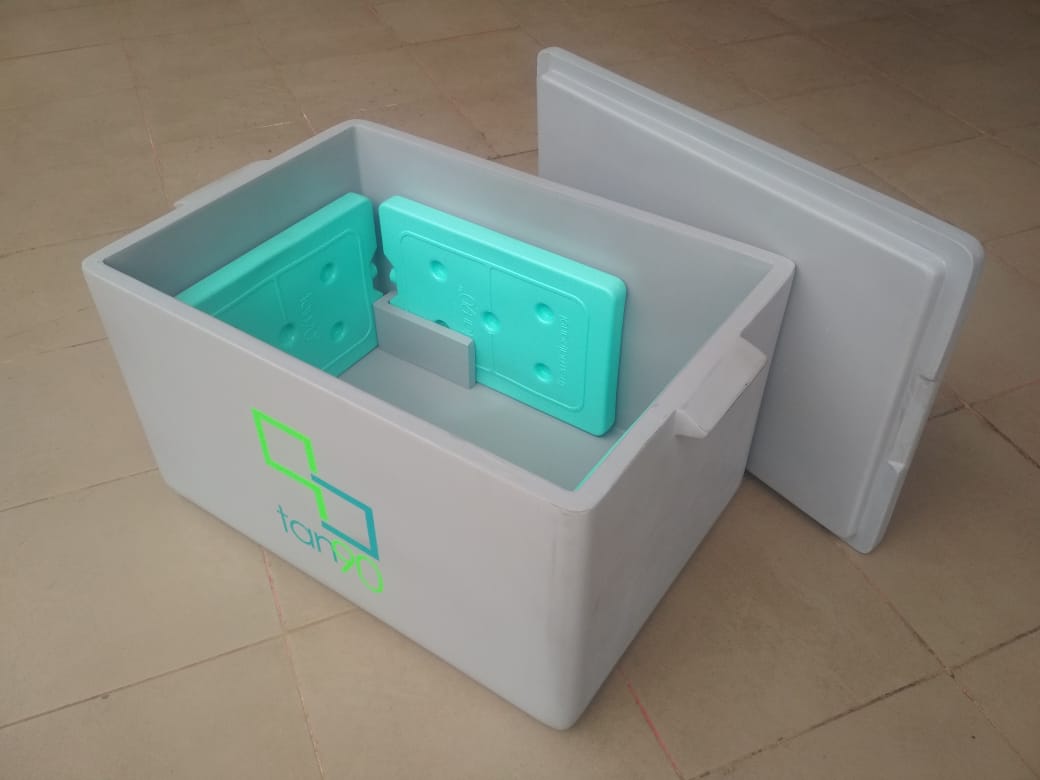T5E’s Placement survey 2022-23 was conducted during February 2023 to study the statistics of the Placement season of 2022-23. The survey witnessed a total of 256 responses across the entire graduating class (UG+PG). The respondents spanned across various degrees (albeit disproportional) and departments who appeared for the placement season. Close to 75% of the respondents were UG’s (B.Tech + DD), and the rest were PG’s (MSc+M.Tech+MBA+PhD+MS)
Note: The correlations found in these articles are from the inputs of the sample size of the number of respondents, they may or may not reflect overall placement statistics. The figures for CTC are representative, and are based on the responses that were garnered through the survey. For a more detailed breakdown, please refer to the report released by the Placement Team.
This study focuses on a number of topics that were pertinent to the respondents’ placement statistics, including preparation, opinion, academics, and career.
Top 3 Profiles vs Slot
An analysis of the most popular profiles – core engineering, software development, and data analytics – reveals that about 48.25% of the respondents placed in these profiles were placed in slots 1.1-2.2 and with 16% of the target population getting PPOs. Thus, it is evident that these three profiles are in high demand in the job market, and recruiters are aggressively hiring candidates for these roles. The fact that a significant number of candidates were placed in the first two days reinforces the competition for these profiles. This also indicates that recruiters are making swift decisions as soon as they find the right candidate for the job.
The trend of PPOs also highlights the competitiveness of these roles as companies are keen on retaining top talent by offering them pre-placement offers. This is not surprising given that core engineering, software development, and data analytics are crucial areas in many industries and require specialized skills.
Also, Slot 2.1 saw the highest number of placements for core and analytics jobs, while slot 1.1 saw the highest number of offers for software development. For core and analytics jobs, recruiters seem to have taken a cautious approach and spent more time evaluating candidates before making an offer. On the other hand, the highest number of offers for software development was made on the first day itself, indicating that recruiters were more decisive in this profile.
What was your primary target profile?
Interestingly, the data analytics profile was targeted the most by the respondents (26%), followed by Software development(18.8%), closely followed by core engineering(18%). This is in contrast to the offers received by the respondents, where software development was the number 1 contributor, with data analytics and core engineering falling behind.
Clearly, data analytics has become increasingly popular over the years among insti junta, overtaking even software development showing a shift in the interests. However, this trend hasn’t translated itself into the offers’ data, indicating that there are a lesser number of jobs in the analytics profile and/or packages weren’t satisfactory – meaning it will be a couple of more years before the analytics profile takes over as the craze of the placement season.
Also, there has been a steady increase in the number of students interested (and placed) in core engineering jobs – further challenging the dominance of the software development profile during placements.
Additionally, this can even be taken to indicate a generational shift in the job market itself, which is constantly evolving with new fields emerging in the future, further altering the demand for different profiles.
How many offers did you receive?
Most respondents reported getting one offer (77.9%), with 14.8% receiving 2 offers, 4.1% receiving 3 or more offers & 3.3% receiving no offers.
While the majority of respondents received only one job offer, the fact that nearly 19% received multiple offers is encouraging. 3.3% of respondents didn’t receive offers, which may have to do with the job market or unique circumstances that may have affected their ability to secure a job offer. Despite hiring freezes across major companies, this placement season fared well.
Job Offer vs CTC
A mean CTC of 27.23 LPA and a median CTC of 20 LPA. This is an upward trend from the statistics derived from last year’s placement survey – a mean CTC of 24 LPA and a median CTC of 19 LPA. The stagnation of the median CTC indicates that there are still a significant number of placements that offer salaries around this value.
However, the increase in the mean CTC suggests that there has been an increase in the number of high-paying jobs being offered as compared to the previous year.
CTC Vs Degree
The information provided suggests that respondents pursuing PhDs have reported the highest median CTC of 38.385 LPA, followed by B.Tech graduates with a median CTC of 21 LPA. However, it’s important to note that the sample size of Ph.D. respondents is very small (2 out of 285 respondents), so it may not be representative of the entire population. Therefore, it’s difficult to draw any strong conclusions about the trend from this data.
The median CTC for Dual degree respondents is 20.7 LPA, which is very close to that of B.Tech graduates. MSc graduates have reported a median CTC of 17.5 LPA, while M.Tech graduates have a median CTC of 15 LPA. The median CTC for MBA graduates is 12.2 LPA, followed by 10.5 LPA for MA, which is significantly lower than that of the other degrees mentioned. However, the sample size for MA respondents is very small (only 4 respondents out of 285), so it’s difficult to draw any conclusions about their median CTC.
CTC Vs Profile
The analysis of the data suggests that the profiles of Applied scientists and AI and Robotics R&D have the highest median CTC of 89 LPA and 52 LPA, respectively. However, it’s important to note that there was only one respondent for each of these profiles, indicating that the number of such high-paying roles offered in these profiles may be very few. Therefore, it’s difficult to draw statistically significant conclusions from this data.
The profiles of Quant and Finance have a median CTC of 36 LPA, followed by Software Development with a median CTC of 31 LPA. These profiles continue to be some of the highest payers, reflecting the demand for skilled professionals in these areas.
On the other hand, the sought-after profiles of Consulting and Data Science & Analytics have reported significantly lower median CTCs of 16 LPA and 12.1 LPA, respectively. This could indicate that students are looking for better career trajectories and growth opportunities in these profiles, despite the lower starting salaries.
CTC Vs. Department
The information provided suggests that the traditional placement powerhouses, the circuital branches – CS and EE – continued to dominate placements with the highest CTCs, reporting median CTCs of 47.75 LPA and 30.71 LPA, respectively. This reflects the demand for skilled professionals in the computer science and electrical engineering fields.
On the other hand, the HS department reported the lowest median CTC of 10.93 LPA. However, as mentioned earlier, the sample size of respondents from this department is small (only 1.6% of respondents), so it may not be representative of the entire population.
Overall, the trend of CTC distribution across departments seems to have remained relatively stable over the years, with the circuital branches continuing to dominate.
In which slot did you select the job?
The data suggest that Slot 1.1 saw the highest number of offers at 17%, followed by Slot 2.1 at 14.5% and PPOs at 13.3%. This indicates that the first two slots were the most successful regarding placement offers.
Additionally, about 40.4% of respondents either received a PPO or were placed within the first day of placement. This number increased to 63.3% when including the second day of placements. This suggests that the first two days of placements were the most successful in terms of securing job offers, as most top companies tend to participate in the first two days of the placement process.
Slot(s) placed vs. CTC offered
As expected, Day 1.1 saw the highest medial CTC (37.5 LPA) , with PPOs closely behind ( 31 LPA). Furthermore, there is a clear downward trend in median CTC with time, with Phase 2 placements seeing the lowest median CTC of 10 LPA. This suggests that companies tend to offer higher salaries to students in the earlier stages of the placement process.
Concluding Remarks
- The top 3 profiles (core engineering, data analytics, and software development) saw most offers coming within the 1st two days – with day one being the most fertile for software development and day two being the most fertile for the other two profiles.
2. Data analytics was reported to be the target profile of most students ahead of software development(which, however, saw more offers than the former), indicating a potential shift in the placement preferences of students.
3. Research jobs were reported to be the highest paying, with only very few of them being offered. Software development and Quant continued to be the highest payers otherwise.
4. The trend of CTC distribution across departments and various degrees showed the same trend as the last few years.
5. Most respondents either got a PPO or were placed within the 1st two days, reinforcing the importance of being well-prepared and proactive during the placement season.
6. As expected, the CTC showed a downward trend with time.
7. The placement seemed to be a good one overall, with very few going unplaced and an increase in the high-paying jobs, while the average job continued to pay similarly to previous years.





